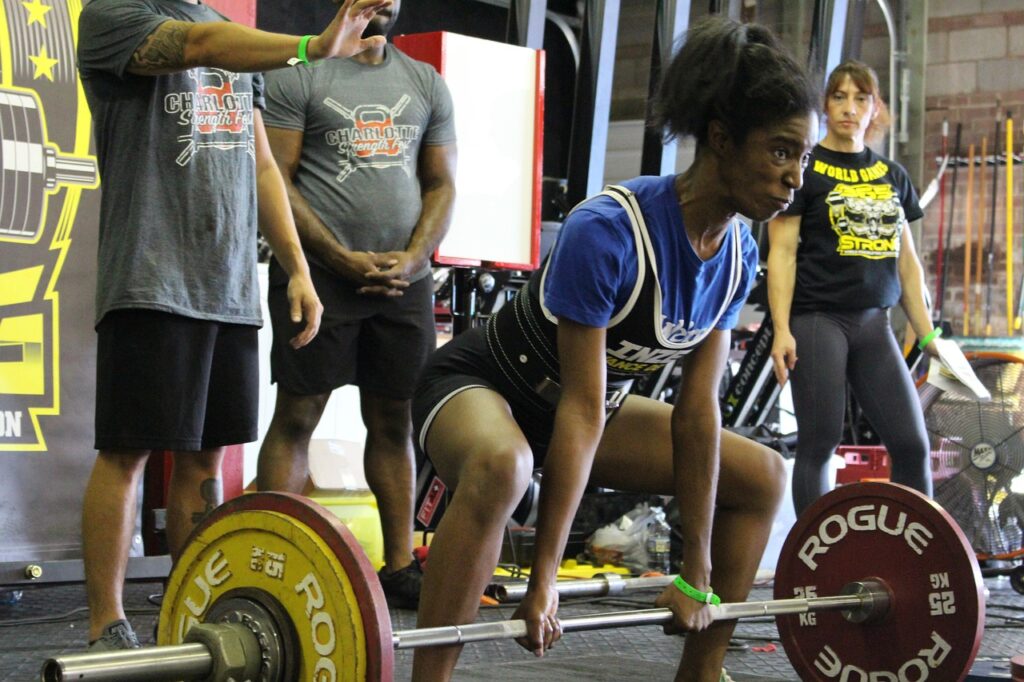Knee Replacement
Knee replacement surgery – also called ‘arthroplasty’, basically involves replacing a damaged, or, ‘worn-out’ knee with an artificial one.
It’s a very common operation, more than 70,000 knee replacements are carried out in England and Wales each year, and the number is rising. Knee replacements are usually performed because of severe pain caused by osteoarthritis, and most are performed in people aged over 65 years.
Who Needs a Knee Replacement?
Knee replacement surgery may be offered if:
- The person has severe pain, swelling and stiffness in their knee joint and this means they can’t walk around very easily
- The knee pain is so severe that it interferes with their quality of life and sleep
- Everyday tasks, such as bathing, shopping , or doing housework etc. are difficult or impossible
- The person cannot work or have a normal social life
Why?
The reasons why some people need a knee replacement (or 2!) and others don’t are numerous and varied. Some of the risk factors that make you/your knee more susceptible include:
- Family history
- Ethnicity
- Gender
- Physical activity (lack of, or, too much high impact sports)
- Poor alignment of the joint
- Smoking
- Being overweight
Types of Knee Replacement
There are two main types of surgery and the type that you have can depend on the condition of the knee and surgeon preference:
Total knee replacement (TKR).
This is where both sides of your knee joint are replaced, which means the top of the tibia (shin bone) and the bottom of the femur (thigh bone) [see picture]
Partial (half) knee replacement. Here, only one side of your joint is replaced. This is a smaller operation, usually with a shorter hospital stay and recovery period.
Recovery From a Knee Replacement
Generally, the first six weeks are the most uncomfortable. Towards the end of this period the patient should be able to stop using their walking aids and start to resume their normal and leisure activities.
However, it can often take three months or more for the pain to go away and swelling to go down. Recovery will continue for up to a year or two following surgery. It is important that the patient has physiotherapy after their surgery and perform the home stretching and strengthening exercises.
In order for the patient to get the most out of their knee, they should continue to perform muscle strengthening exercises after their physiotherapy to make sure their knee functions properly. And herein is the opportunity for an adequately-trained fitness professional to help the patient get the most our of their new knee; an Injury-Aware Personal Trainer…
Get in touch if you have any questions and if you’re interested in learning more about injuries and how to manage them see here

